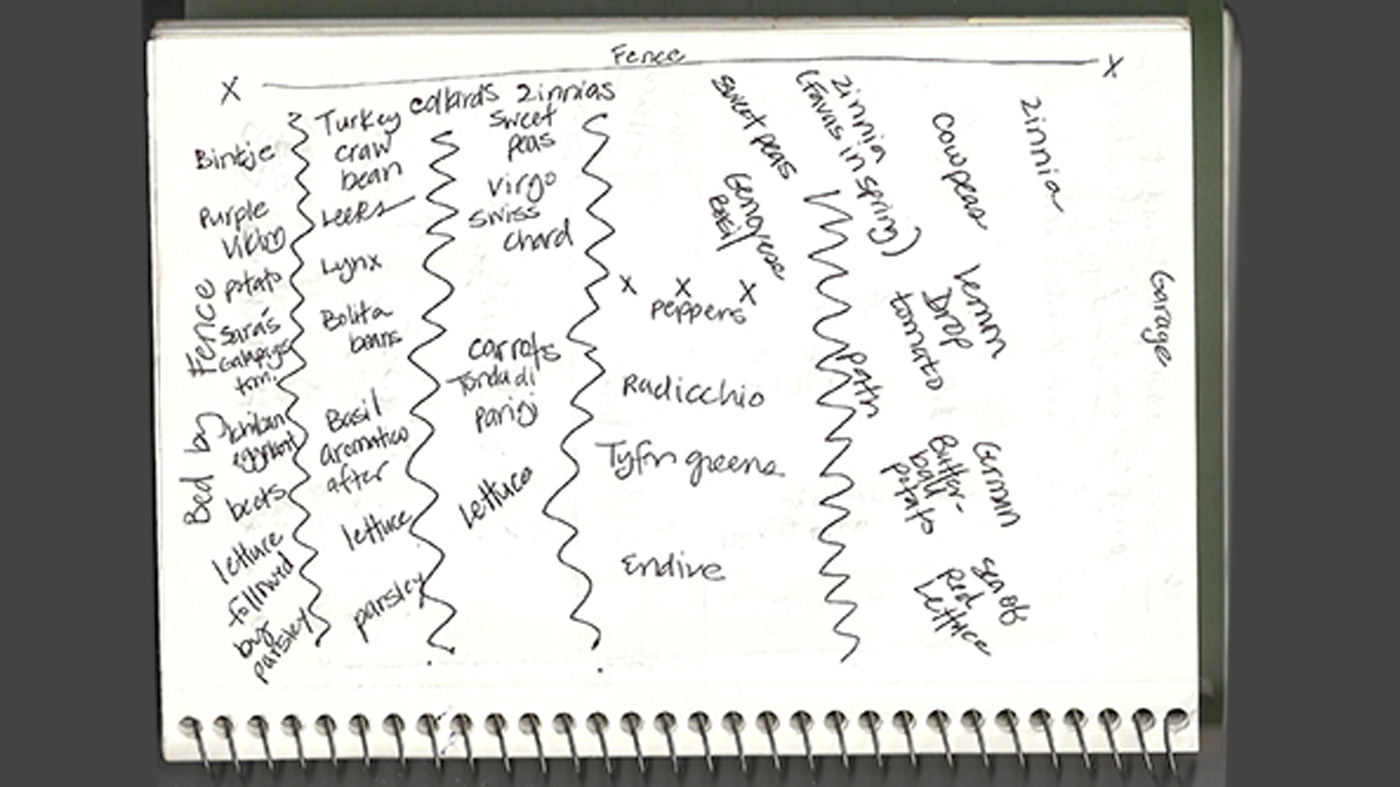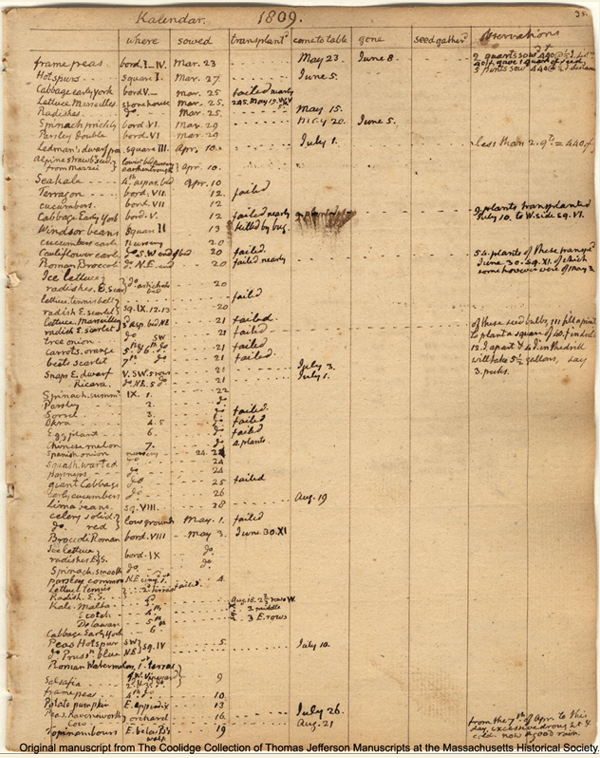Take a moment for a bit of mental gardening.
First, think about the top three issues in your garden this year—and all the hard work you've put into solving them.
Next, think about the top three issues in your garden last year—and the year before that. Hard to conjure up? That's because memory is simply unreliable when it comes to the hundreds of details that make for a successful garden every year.
This month's Smart Gardener addresses a key part of gardening that green thumbs often overlook: documentation. Rather than giving a "thumbs down" to the idea, think of documentation as an opportunity to steadily improve your garden year after year—by increasing productivity in your vegetable beds, by reducing costly mistakes in landscaping, or simply by making less work for yourself. The trick is to document in a way that's both practical and fun for you, the gardener who'll be referring to it.
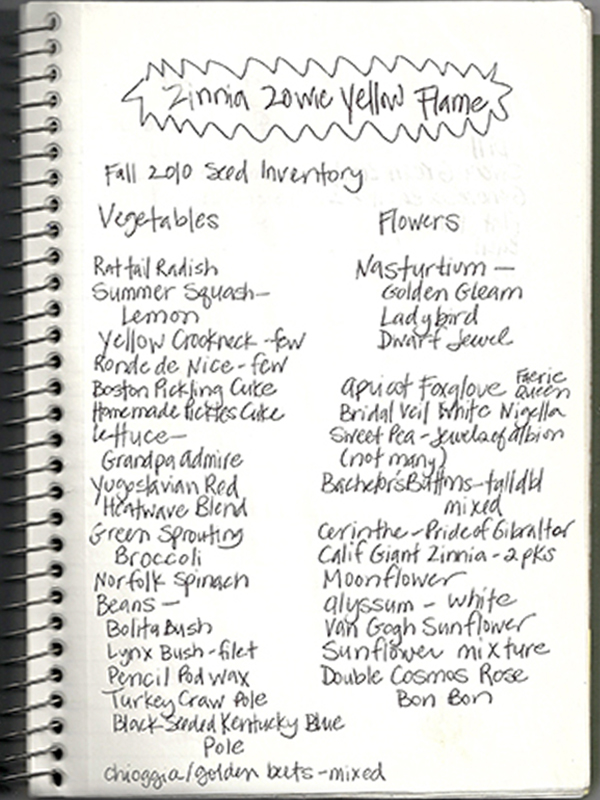
Documenting the process gives you the best information to build on for next year's garden.
Garden Book, 1766-1824, page 35, by Thomas Jefferson [electronic edition] Thomas Jefferson Papers: An Electronic Archive. Boston, Mass. : Massachusetts Historical Society, 2003. http://www.thomasjeffersonpapers.org/ (Click image above for a larger view.)
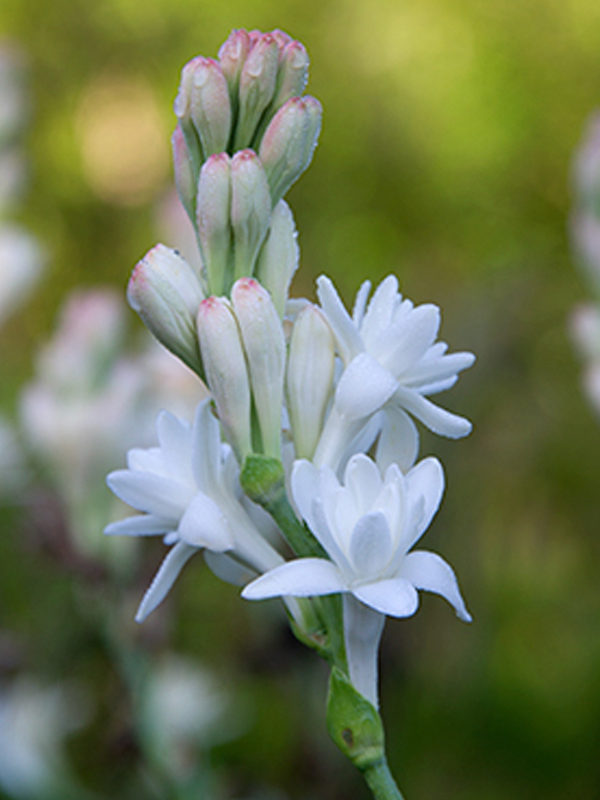
Photograph early in the morning or late in the day for softer, prettier light.
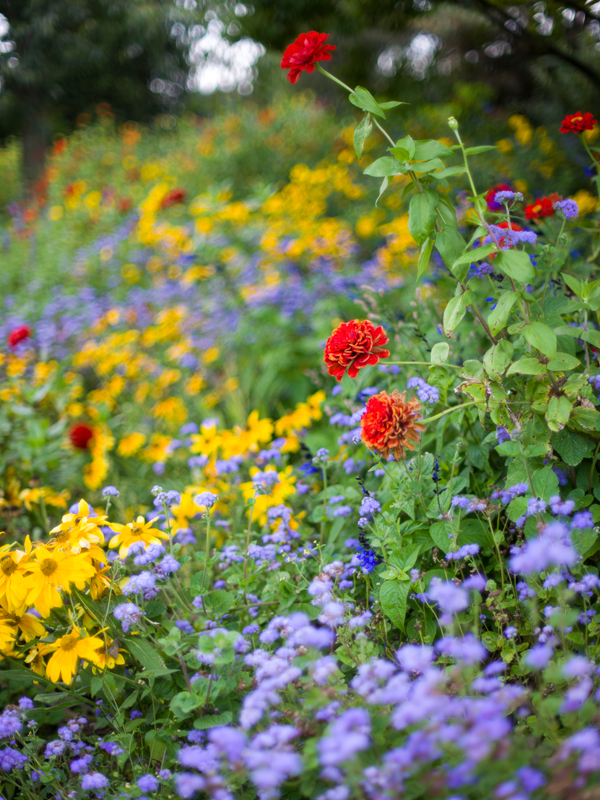
Photograph groups or combinations of plants together when they work well—a good combo is a great thing to share with other gardeners!
Jot It Down
For those who like to use their hands (what gardener doesn't?) and remain fond of the arts of pen and paper, a garden journal is quick, easy, non-electronic, (basically) free, portable, and low-tech. A journal can be as simple as a few sheets of paper with entries organized by date, or as special as a hand-bound book dedicated to all things garden.
What might you track in your journal? Let your gardening style lead you. Some may make lists, others may write fully-grown paragraphs, and the art-inclined may doodle and draw. A few garden subjects of universal interest:
- Seeds on hand and needed to order
- A sun/shade log of your yard
- A planting map for I.D. and crop rotation next year
- Harvests and results
- Plants in/plants out
- Weather: rain, drought, and effective solutions
- Soil amendments
Seed List
Update your seed list during the winter, before you place next year's order.
Garden journaling has a long and storied history. No less a luminary than Thomas Jefferson, our greatest gardener-in-chief, kept copious notes about the fruits and vegetables grown at his home at Monticello. To get really inspired about garden journaling, check out the pages of his Garden Book, documented in the late 1700s/early 1800s, which comes to life online courtesy of the Massachusetts Historical Society. Enlarge the original scanned pages and jump into history—page 35 alone boggles the mind.
Picture This
If you're a visual, rather than verbal, gardener, a digital or video camera, smartphone, or tablet may be all the documentation you need.
We shoot a lot of photos and videos here at the Garden; here are a few things we've learned about recording a garden visually:
- Photograph or video early in the morning (7:30-ish in summer) or late in the day (6:30-ish) for the softer, prettier light. Bright sun at high noon makes photos too contrast-y to see details.
- Dew or rain makes colors look richer—another reason to shoot early in the a.m. (Yes, you can spray or sprinkle plants beforehand for the same effect.)
- Photograph plants throughout the season, in order to track their growth and, importantly, to capture them at their peak.
- I.D. your plants with markers or tags, then photograph the tag before the plants—that way you'll always have names captured visually, too.
- Photograph groups or combinations of plants together when they work well—a good combo is a great thing to share (tried SmugMug yet?) with other gardeners!
- Try to get a sense of perspective—where you were standing when you took the photo—so you can locate the spot again later. In a large yard, use the GPS tag on your smartphone or tablet to mark your spot.
- Document the processes as well as the plants: photos or videos of pruning, installing, pests and diseases to I.D., and even those horrifying weeds (what was its name?) can be invaluable records for next year.
- Download your image right away! Mark your dates immediately! Don't count on remembering later.
Click In Your Info
Got your laptop/tablet/smartphone outside with you? Apps and websites (some free, some fee-based) abound for electronic documentation. Formats vary widely, so you'll need to shop around for the app/site that echoes your gardening style (we bookmarked this helpful Wall Street Journal review of garden apps).
To investigate:
-
The venerable Mother Earth News has a wide-ranging app that's free: motherearthnews.com
-
Smartgardener.com (no relation to our monthly column!) has a free online journal that looks good and is easy to use: smartgardener.com/home/garden_journal
-
Plantjotter.com offers a 30-day free trial for their design-your-own-website approach to journaling.
September—the month of harvest and equinox and autumn light—is a great month to get started on a journal…or a photo file…or your own garden website. Start documenting now and happy journaling!
Karen Zaworski is a garden writer and photographer who lives and gardens in Oak Park, Illinois.



